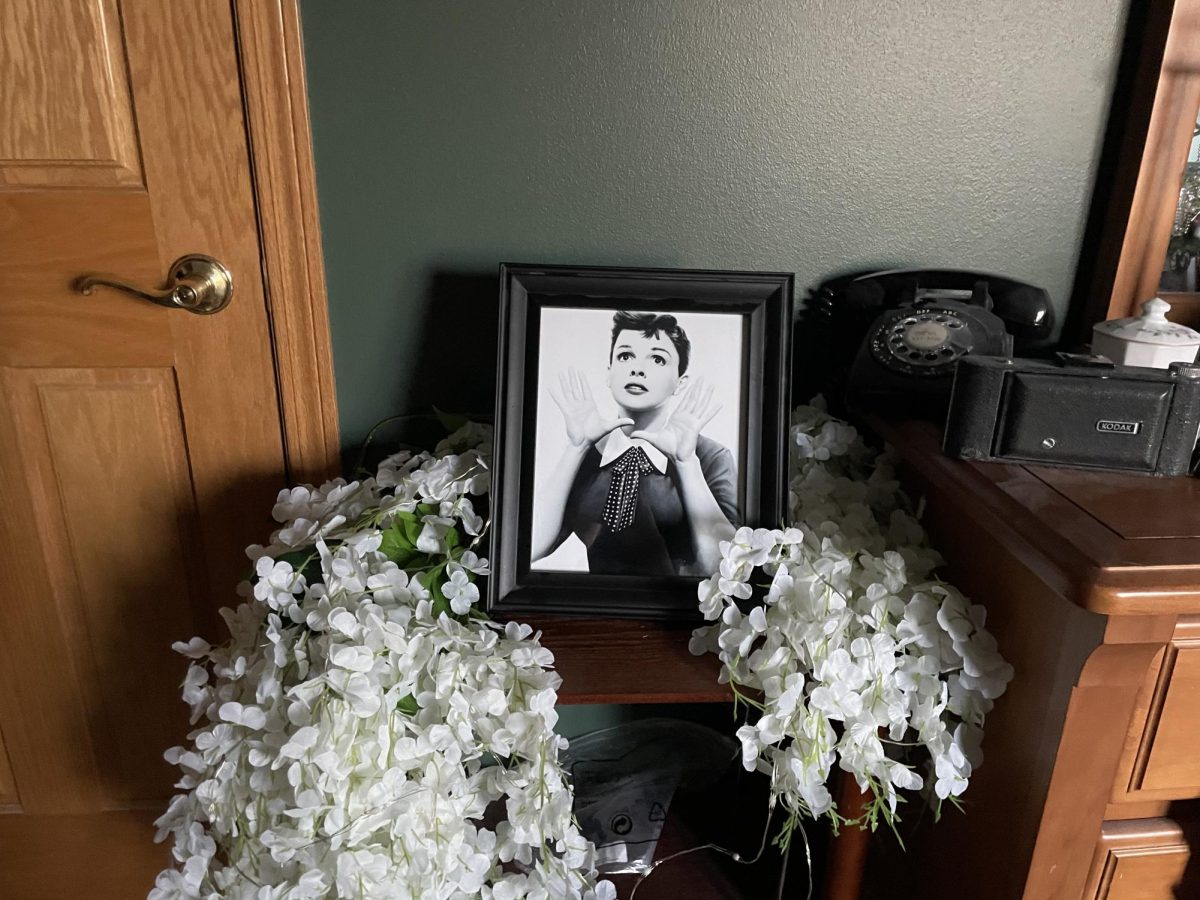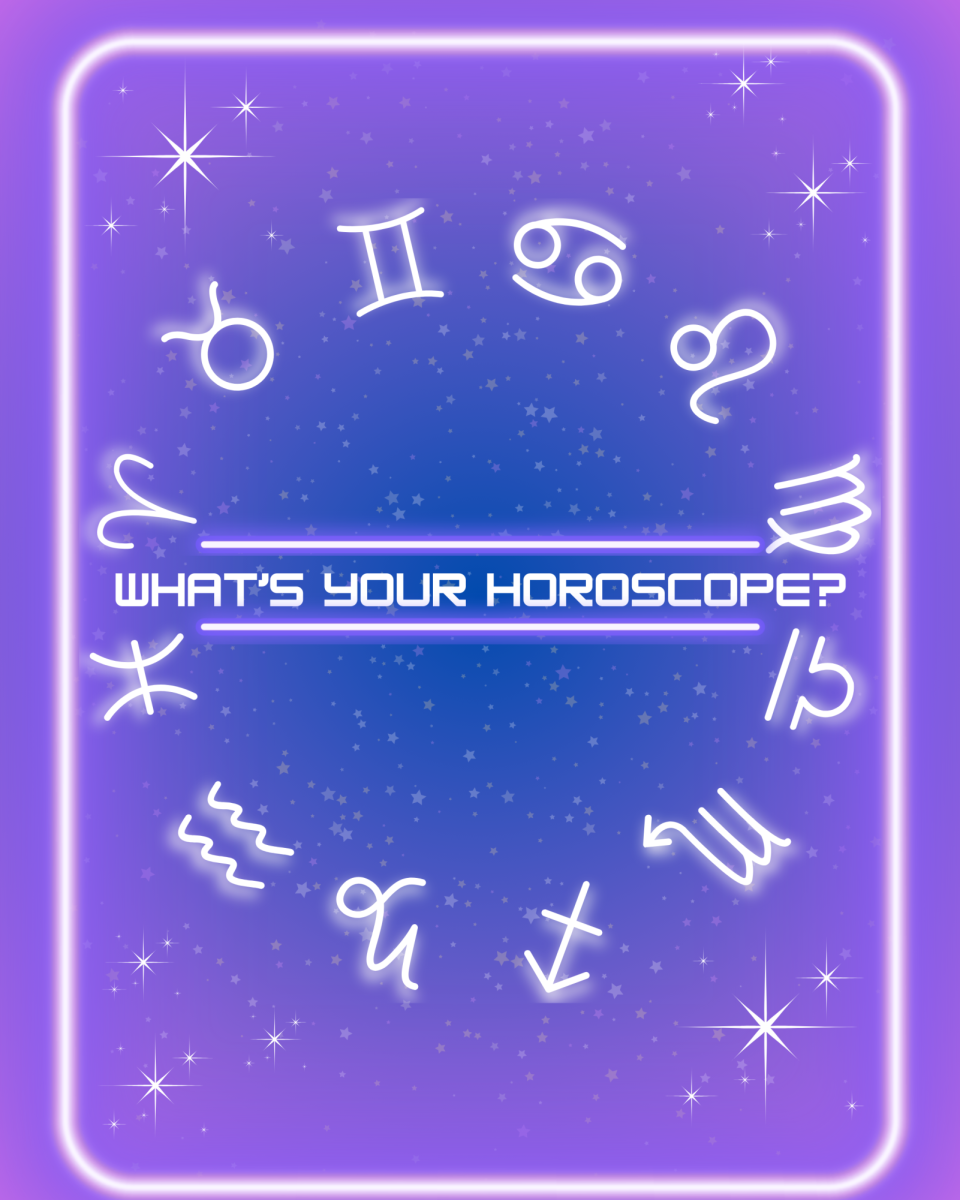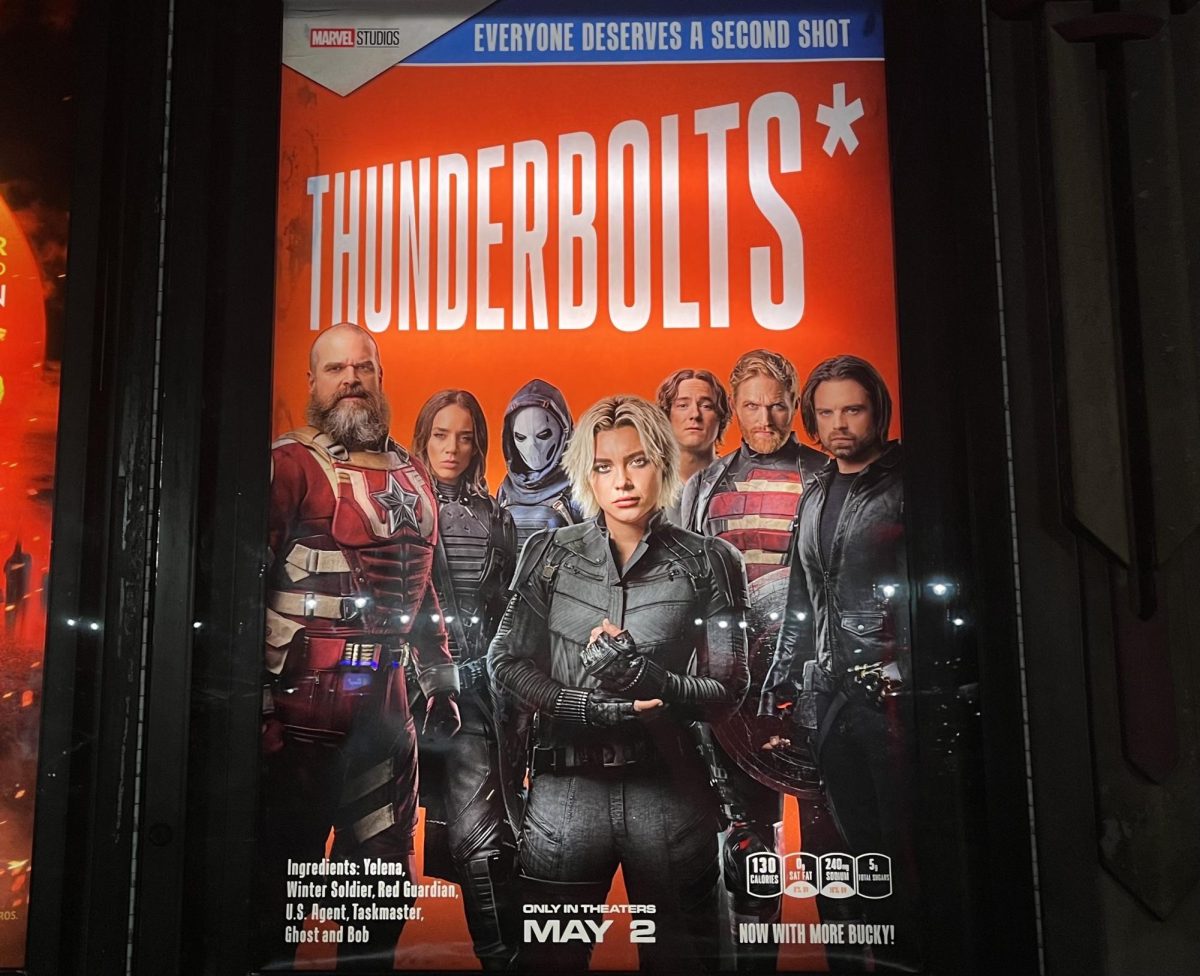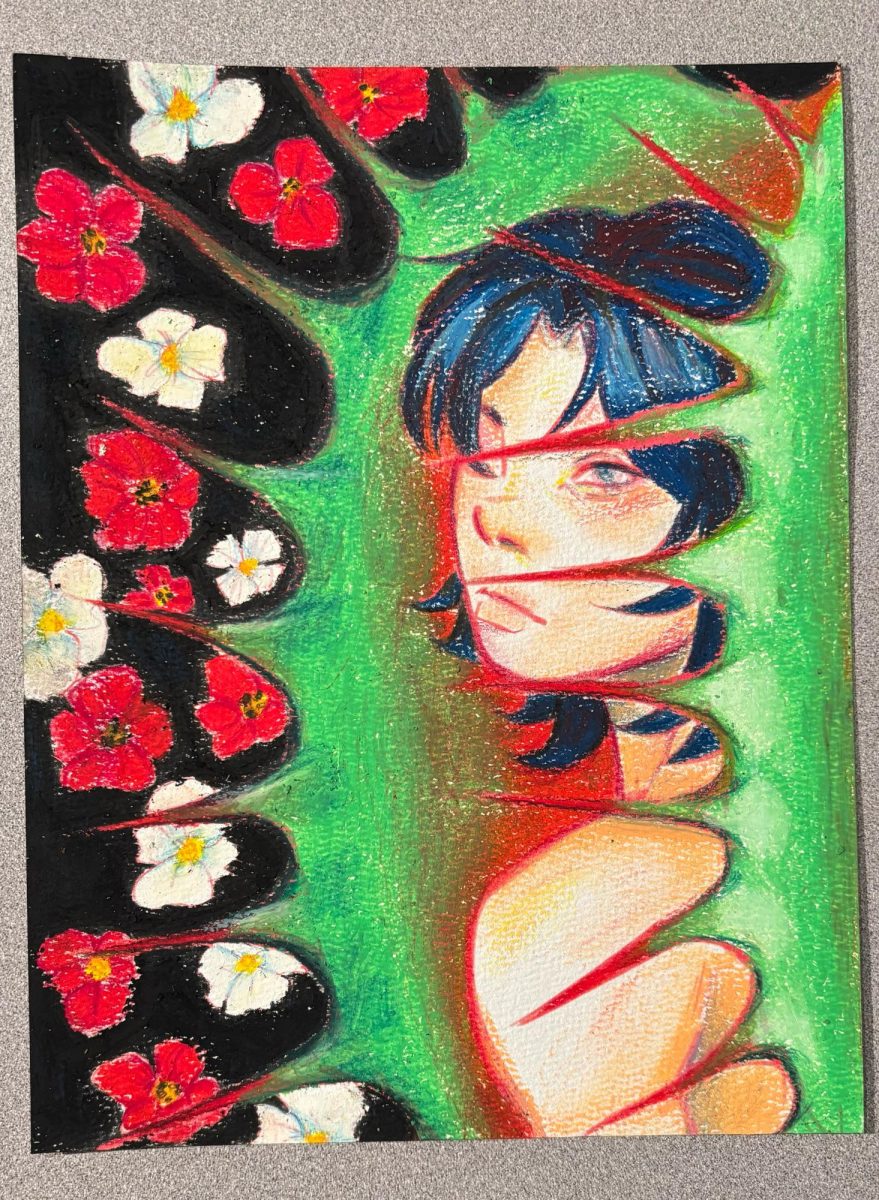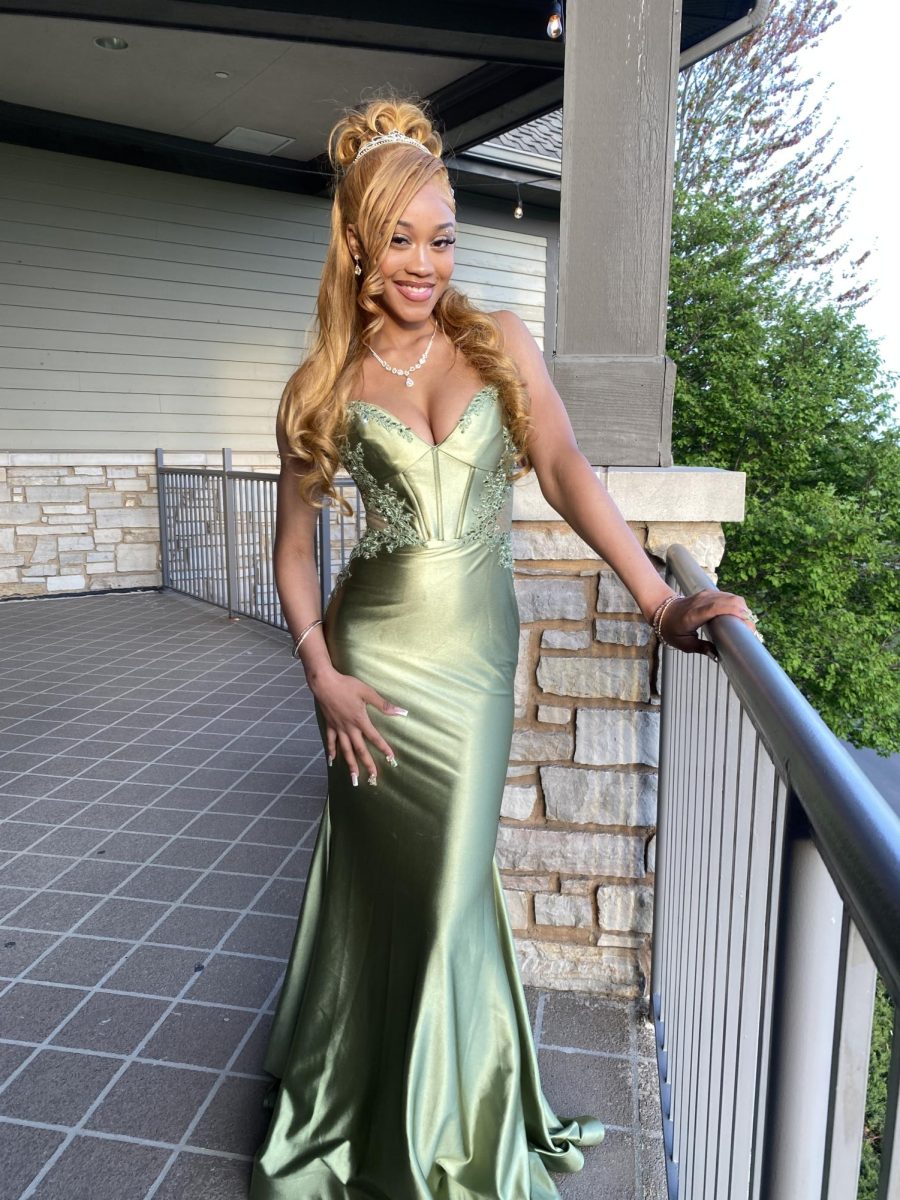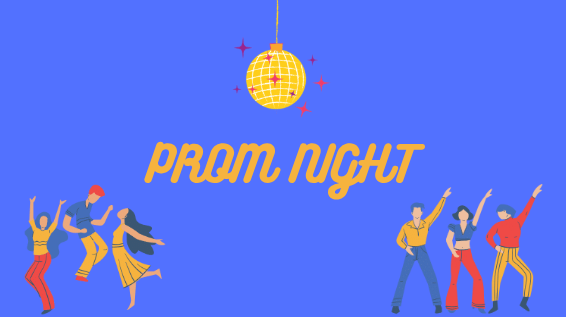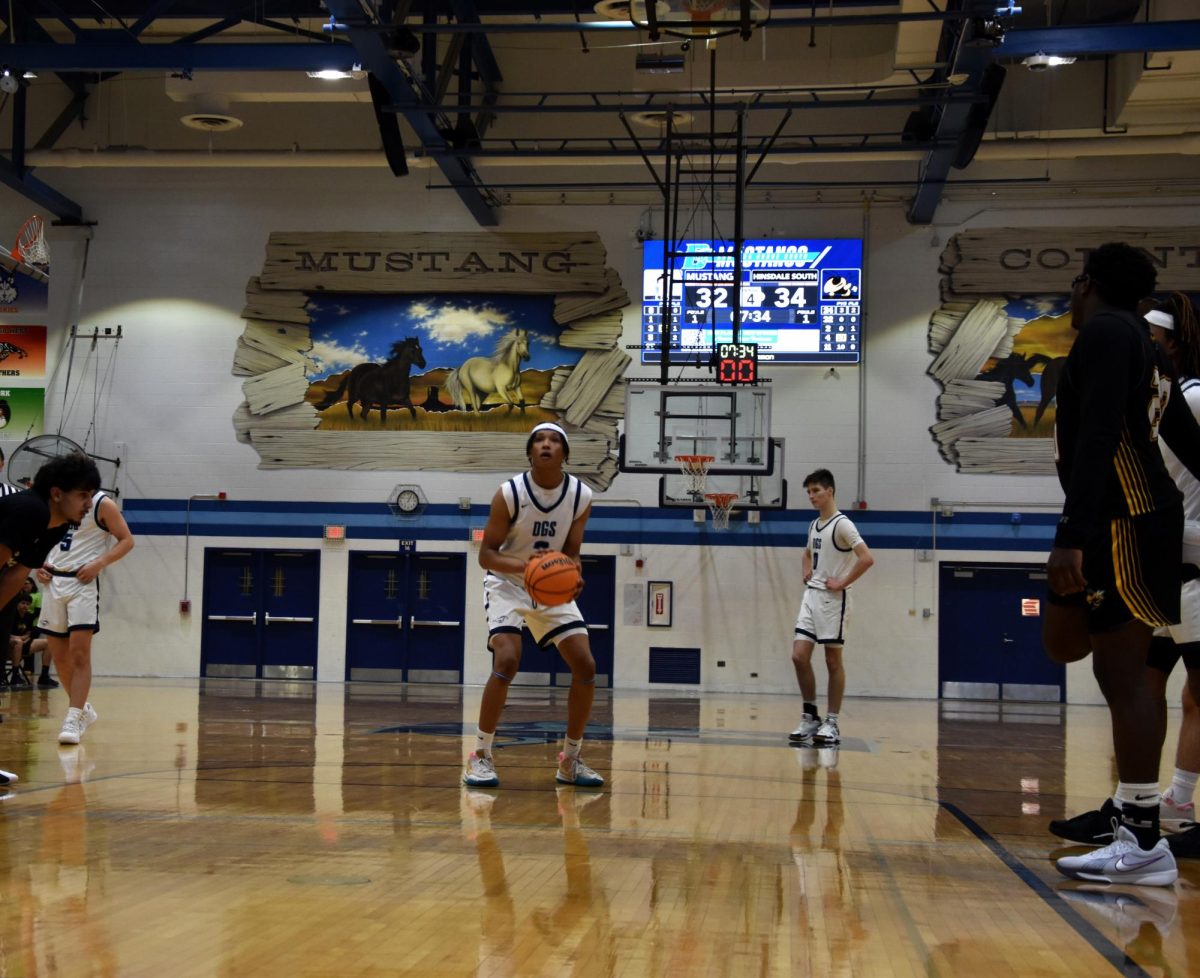Judy Garland, Tammy Faye Bakker, Miss Piggy: What do these women have in common? They are all icons within the queer community. But how can an international superstar, a Pentecostal televangelist, and a sassy blonde pig–three very different people–all be queer icons? This is the question I set out to understand.
Starting off with people from the annals of history, some of the first queer icons included names like St. Sebastian, who lived in the 3rd century. The French saint, who is the patron saint of archery, was crowned a gay icon by men closer to our day and age due to his depictions most commonly being as a beautiful and tortured man. Sebastian is also interesting as he is a man, something that’s usually uncommon when it comes to gay icons.
For the more lesbian inclined, we have Joan d’Arc. Also known as Joan of Arc, who is the patron saint of France, was a warrior who led the charge against the English invasion in the 100 years war, and was also known for crossdressing, being devoutly celibate, and being a very powerful figure in history. She has been crowned as a queer icon for the power she commanded, and the possibility that she may have been trans or non-binary.
As notable as St. Sebastian and Joan d’Arc are as icons of the early queer community, neither of them are as influential, recognizable and especially important as a queer icon compared to Judy Garland. Often called the “quintessential pre-stonewall queer icon,” the life of Garland is one that has taken deep roots within the queer community. Her life and the things she did resonated with queer people in America and internationally.
Judy Garland was born Frances Gumm on June 10, 1922 in Grand Rapids, Minnesota to a family of vaudeville performers, called the Gumm Sisters. The sisters would move to Hollywood in 1926 looking for new heights of fame, and by age 13, Frances Gumm would change her name to Judy Garland and sign a contract with Metro-Goldwyn-Mayer (MGM). After a few years of movies acting alongside fellow child actor Mickey Rooney, she would beat out Shirley Temple and be cast at just 16 for the role of Dorothy Gale in the new movie adaptation of “The Wizard of Oz.”
Although filming of “The Wizard of Oz” was famously tragic and difficult, it marked the beginning of issues that Garland would have for the rest of her life. She was frequently bullied and ignored by the other cast and crew, was forced onto an extremely strict diet, and was prescribed numerous stimulants and depressants by studio head and infamous Harvey Weinstein predecessor Louis B. Mayer. Although the film was not an immediate financial success, the performance resonated with audiences everywhere and Garland became a beloved household name across the nation.
The signature song from the movie, “Somewhere Over the Rainbow,” and Garland’s overall performance resonated with the queer people who saw the movie or heard the song. The lyrics “the dreams you dare to dream really do come true” and the message of wishing for a happier life led to it being made an anthem for queer people to be strong. This was also the advent of widespread terms like “Good Judy,” to refer to a good friend, and the question “Are you a friend of Dorothy?” which was used by queer soldiers to identify each other without outing themselves, and then used later by the community as a whole.
Garland was also an outspoken activist for queer people throughout the 1960’s, and even married and had a child with a gay man, Vincente Minelli. She would tragically pass away in her London apartment on June 22, 1969 of an apparent overdose. Her life story was one that many queer people felt mirrored theirs, particularly the sort of view that once her issues were made public, she wasn’t viewed as “normal” anymore.
Another person who stands out amongst other queer icons is Tammy Faye Bakker. Tammy Faye was born March 7, 1941, having a childhood of little note. At 19, Tammy Faye would marry Jim Bakker in 1961, and they would found the Praise The Lord (PTL) broadcast channel.
On the PTL, Tammy Bakker would host a children’s puppet show, espousing beliefs of unconditional love and acceptance. She was beloved by kids and adults alike for her deep kindness and how earnest she was. During this time period she would also interview fellow minister and AIDS patient Steve Pieters, something unheard of in the mid 80s.
Throughout the lifetime of the PTL, her husband Jim Bakker was indicted on 18 counts of various types of fraud, got caught up in a sex scandal after paying an ex employee hush money and it further being rumored he had a homosexual encounter with another worker, and Tammy would end up convicted for bankruptcy fraud and sentenced to 27 months in prison. After being released, she would be taken in by the queer community as an icon, even becoming close friends with RuPaul. On why she thought she was taken in by the queer community, she said in 2002.
“I think I have a lot in common with the gay population because they’ve been made fun of and put down and misunderstood and have really had a rough row to hoe in life.”
Tammy’s advocacy for queer people during the AIDS crisis, her further support of equality, and relatable struggles made her an unlikely icon in a very hard time for queer people.
Finally, we have Ms. Piggy. Ms. Piggy Lee, her full name being a rip on the name of singer Peggy Lee, was created by Jim Henderson in 1974 for an early Muppets special. Originally being a minor character, the writers soon realized that a lusty pig could be a bigger character than just a one time bit. So, as the 70s and early 80s went on she was written to be Kermit the Frog’s girlfriend.
Ms. Piggy’s style of clothing and way she acted was very reminiscent of a drag queen, and was one of the reasons she is recognized as a gay icon. She was bawdy, loquacious, and dramatic, the way she was written and the way she acted was like a loving homage to camp acting. Camp is a style of acting that is purposefully over-the-top, zany and ridiculous for comedic purposes; think movies like Clue (1985) or Rocky Horror Picture Show (1975).
So, what I’ve come to realize is that these three women in particular do share things in common. They’ve all led tragic lives in particular, been ridiculed and seen as different and an outsider, and they’ve all been advocates for queer people as a whole. Also have made art and programming that is absolutely worth looking into and enjoying, so that you can understand what made them so historic and lovable.

